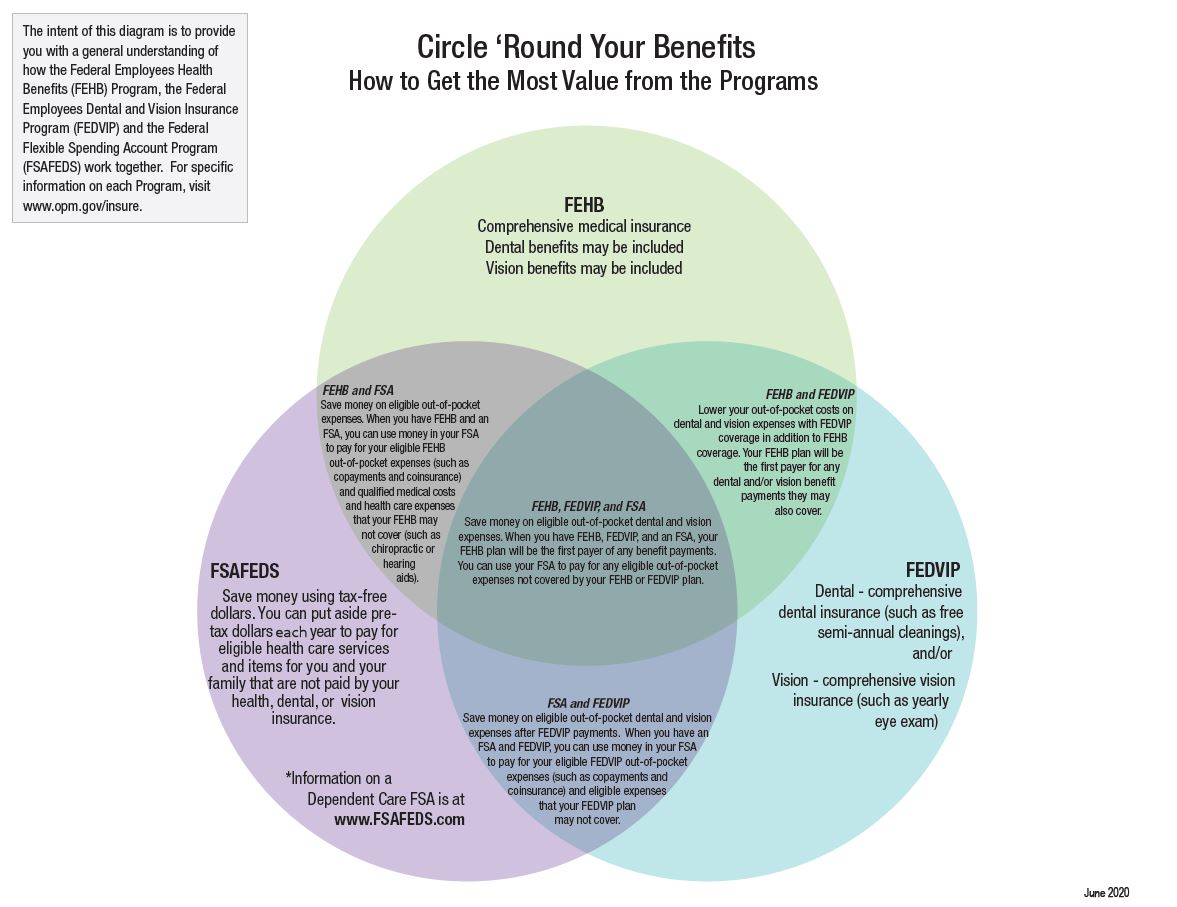4 Easy Facts About Medicare Advantage Agent Shown
4 Easy Facts About Medicare Advantage Agent Shown
Blog Article
The Single Strategy To Use For Medicare Advantage Agent
Table of ContentsMedicare Advantage Agent Fundamentals ExplainedExamine This Report on Medicare Advantage Agent5 Easy Facts About Medicare Advantage Agent Described

follows from confusing the reasonably young age profile of the uninsured with the better wellness, typically, of more youthful persons. This obscures the web link in between health and wellness status and health and wellness insurance policy. For those without accessibility to workplace medical insurance, inadequate health and wellness is a possible barrier to purchasing nongroup insurance coverage since such insurance coverage might be highly priced, omit preexisting conditions, or be simply not available. The number of without insurance Americans is not especially large and has not altered in recent years. Seven out of 10 respondents in a nationally depictive study assumed that less Americans did not have health and wellness insurance than really do(Fronstin, 1998). About fifty percent(47 percent )thought that the number of individuals without wellness insurance decreased or stayed consistent over the last half of the last decade(Blendon et al., 1999). This decline of almost 2 million in the number of individuals 'without insurance coverage (a decrease
of around 4 percent)is absolutely a positive change. With a softer economic climate in 2000 the current reported gains in insurance protection might not continue(Fronstin, 2001 ). The decline in the variety of without insurance will certainly not continue if the economic situation stays slow-moving and healthcare prices proceed to surpass inflation. This is due to the fact that the data were accumulated for a period of strong economic performance. Of the approximated 42 million individuals who were uninsured, just about regarding 420,000(regarding 1 percent)were under 65 years of age, the age at which most Americans become eligible for Medicare; 32 million were adults between ages 18 and 65, around 19 percent of all adults in this age team; and 10 million were children under 18 years of age, concerning 13.9 percent of all children (Mills, 2000). These quotes of the number of persons uninsured are generated from the annual March Supplement to the Present Population Study (CPS), performed by the Census Bureau. Unless otherwise noted, nationwide price quotes of individuals without health and wellness insurance and proportions of the population with various type of coverage are based on the CPS, one of the most commonly made use of source of price quotes of insurance policy protection and uninsurance rates. These studies and the estimates they yield are defined briefly in Table B. 1 in Appendix B - Medicare Advantage Agent. These studies differ in dimension and sampling methods, the inquiries that are asked about insurance policy
Unknown Facts About Medicare Advantage Agent
coverage, and the moment duration over which insurance coverage or uninsurance is determined(Lewis et al., 1998, Fronstin, 2000a ). Still, the CPS is particularly helpful due to the fact that it creates annual estimates fairly quickly, reporting the previous year's insurance policy protection approximates each September, and due to the fact that it is the basis for a regular set of estimates for even more than two decades, permitting analysis of trends in insurance coverage with time.

A Biased View of Medicare Advantage Agent
Over a three-year period starting early in 1993, 72 million people, 29 percent of the united state population, were without insurance coverage for a minimum of one month. Within a solitary year(1994), 53 million individuals experienced a minimum of a month without insurance coverage(Bennefield, 1998a). 6 out of every ten without insurance grownups are themselves utilized. Although functioning does enhance the possibility that and one's member of the family will certainly have insurance policy, it is not an assurance. Also participants of families with two permanent breadwinner have practically a one-in-ten opportunity of being uninsured (9.1 percent without insurance rate)(Hoffman and Pohl, 2000 ). The relationship in between health and wellness insurance and access to care is well established, as recorded later on in this chapter. The relationship in between wellness insurance and wellness results is neither direct nor easy, a comprehensive scientific and health and wellness services research literary works web links health insurance policy coverage
to improved access accessibility care, better far betterTop quality and improved boosted individual population populace health and wellnessStanding The 2nd record, on personal health and wellness results for without insurance adults, is stood for by the inner circle of the number, while the 3rd record, on family wellness, incorporates the subjects of the 2nd record yet highlights a different system of evaluation, namely, the family. The 6th report in the series will certainly present information regarding strategies and initiatives taken on locally, statewide, or across the country to attend to the lack of insurance coverage and its adverse influences. Degrees of analysis for checking out the impacts of uninsurance. This conversation of medical insurance coverage concentrates mostly on the U.S. populace under age 65 since essentially all Americans 65 and older have Medicare or other public insurance coverage.
Furthermore, it focuses specifically on those without any kind of medical insurance for any kind of size of time. The issues dealt with by the underinsured are in some aspects comparable to those dealt with by the without insurance, although they are usually much less extreme. Uninsurance and underinsurance, nonetheless, entail distinctly different plan problems, and the approaches for resolving them might vary. Throughout this research study and the 5 records to adhere to, the main emphasis gets on individuals without health and wellness insurance policy and therefore no help in spending for healthcare beyond what is offered via charity and security web establishments. Medical insurance is a powerful variable influencing invoice of treatment due to the fact that both individuals and doctors react to the out-of-pocket price of services. Health and wellness insurance coverage, however, is neither required nor adequate to access to clinical services. The independent and direct impact of health and wellness
insurance insurance policy protection access to health wellness solutions well establishedDeveloped Others will acquire the healthcare they need also without health and wellness insurance coverage, by paying for it expense or seeking it from carriers who offer care complimentary or at highly subsidized prices. For still others, health insurance policy alone does not guarantee receipt of care as a result of various other nonfinancial obstacles, such as an absence of health care providers in their area, restricted access to transportation, illiteracy, or linguistic and cultural differences. Official study regarding uninsured populaces in the United States dates to the late 1920s and early 1930s when the Committee on the Price of Medical Care generated a series of reports concerning funding doctor workplace brows through and hospital stays. This issue ended up being significant as the varieties of medically indigent climbed up throughout the Great Anxiety. Empirical researches constantly support the web link between access to care and improved health end results(Bindman et al., 1995; Starfield, 1995 ). Having a normal source of treatment can be thought about a predictor of access, as opposed to a straight procedure of it, when health end results are themselves used Homepage as gain access to signs. This expansion of the notion of gain access to dimension was made by the IOM Board on Keeping Track Of Gain Access To to Personal Healthcare Solutions(Millman, 1993, p. Whether moms and dads are insured shows up to influence whether their kids receive care along with how much careeven if the kids themselves have protection(Hanson, 1998). The wellness of moms and dads can influence their ability to take care of their kids and the level of family tension. Fretting regarding their kids's access to care is itself a source of get redirected here tension for moms and dads. Three chapters follow in this report. Phase 2 provides an introduction of exactly how employment-based medical insurance, public programs and individual insurance coverage run and communicate to provide considerable but insufficient coverage of the U.S. population. This includes a testimonial of historic patterns and public laws affecting both public and personal insurance policy, a conversation of the interactions among the various kinds of insurance, and an evaluation of why people move from one program to an additional or wind up

Report this page